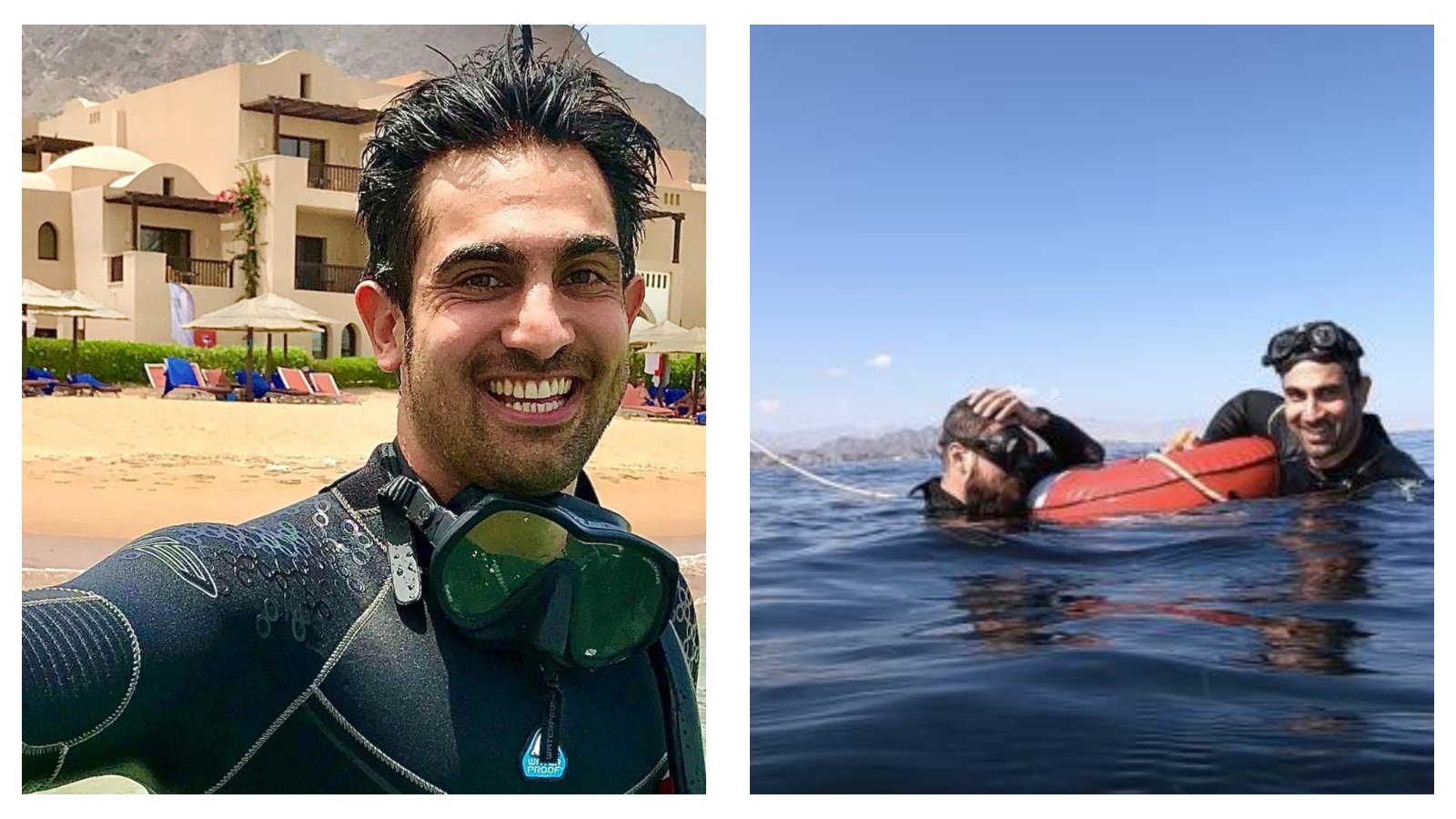Charting the unknown: Paris Norriss on resilience, risk and the power of storytelling
Paris Norriss is one of the UK’s most exciting inspirational speakers, known for his boundary-pushing expeditions and visual storytelling.
As the face of the hit series Guy in Dubai, he has travelled to some of the world’s most remote environments to spotlight human resilience and purpose.
Drawing from his background in business and production, Paris combines powerful narratives with lessons on innovation, risk-taking, and leadership.
His adventures, from rowing across the Pacific Ocean to crafting immersive films, have inspired audiences in boardrooms, classrooms, and beyond.
In this exclusive interview with The Champions Speakers Agency, the UK’s largest keynote speakers bureau, Paris shares his perspective on resilience, creativity, and why adventure should be part of every leader’s mindset.
Q: Your expedition across the Pacific demanded extraordinary resilience. How did that experience deepen your understanding of the connection between purpose and perseverance?
Paris Norriss: “So the relationship between resilience and purpose is something that I really learned a huge amount about when we rowed across the Pacific, because I think if you manage to pin down your why and you have a very good reason why, then the how is easy to work out.
“It becomes very difficult to beat somebody who has such a strong purpose for doing what they're doing, so it's important that we make sure that our motivations are aligned with what we're doing so that it's not just what makes us tick but also some wider purpose to what we're doing.
“When that why is really, really strong, then your mental resilience and your ability to persevere through anything is just unbreakable.”
Q: As an adventurer, how do you manage risk and reward?
Paris Norriss: “My general outlook of life is to live it to the fullest.
“I don't necessarily think about going out to take risks, but as soon as we leave the house, there are more risks, and whenever we go into an adventurous setting, undoubtedly the risks can be more.
“But what I think is also part of the fun of adventures is the preparation and the training in order to mitigate those risks and be prepared for them.
“That can actually be quite fun - to go out into an environment that we know could be potentially risky, but go prepared so that we know what to do when occurrences happen.
“That's part of the enjoyment of the adventures: not taking crazy risks that we can't handle, but being prepared for those risks.”
READ MORE: Challenging limits, changing lives: Amar Latif's journey through sightless travel
Q: What techniques do you use to craft visual stories that sustain emotional engagement and deliver lasting impact?
Paris Norriss: “One of the keys to keeping people engaged is to keep their emotions going around like a rollercoaster. So, you know, you bring them up to an exciting level, but they can only stay there for so long.
“And then you've got to get into the more thoughtful, pensive stuff, and then you move them over here, move them over there.
“When we're creating our videos in the edit room, we're constantly looking at: right, how long have we kept that mood for? Is it too long? Do we need to switch it up? Do we need a montage there to raise the energy?
“It’s about moving people's energy along a rollercoaster to keep them entertained.
“Then, you know, a story is much more than a beginning, a middle and an end. There's a story archetype that all films and TV shows follow, and we follow it in our edit room.
“We're looking at how we can build the story. And, you know, it starts off with establishing the normal circumstances of the people in the environment and creating those characters.
“Then there's a point where there's a call to adventure, there's a midpoint, there's then the sort of final push and the last bit of the challenge, and then finally you come back to the new normal - which is the normal world again - but there's been a change due to the journey that the characters have gone on.
“It’s key to show that there was a before and an after, and that that journey has led them to a new normal.”
Q: Drawing from your adventures and business background, what practical strategies can leaders implement to foster a culture of innovation and creative thinking?
Paris Norriss: “In order to foster innovation, ideas have to be what counts, not hierarchy. If people's ideas are accepted and taken on, then people are going to be willing to share their ideas and contribute.
“But if the ideas are only taken by the person with the most seniority, then people don't feel the value of contributing ideas, and it doesn't create a culture of sharing ideas.
“I think, to create that environment where people are willing to and, you know, are being creative and sharing their creativity, then those have to be rewarded.
“When new ideas are actually taken on, then people are rewarded in some way.
“So it's not just accepting people's willingness to give ideas, but also, when those ideas are implemented, because of course, not all good ideas can be implemented, and not all ideas are good ideas - but those that end up becoming implemented, the people who have contributed them can then be rewarded for those.”
This exclusive interview with Paris Norriss was conducted by Chris Tompkins of The Motivational Speakers Agency.
READ NEXT: Beyond the summit: Bonita Norris on fear, focus and finding strength in the climb


